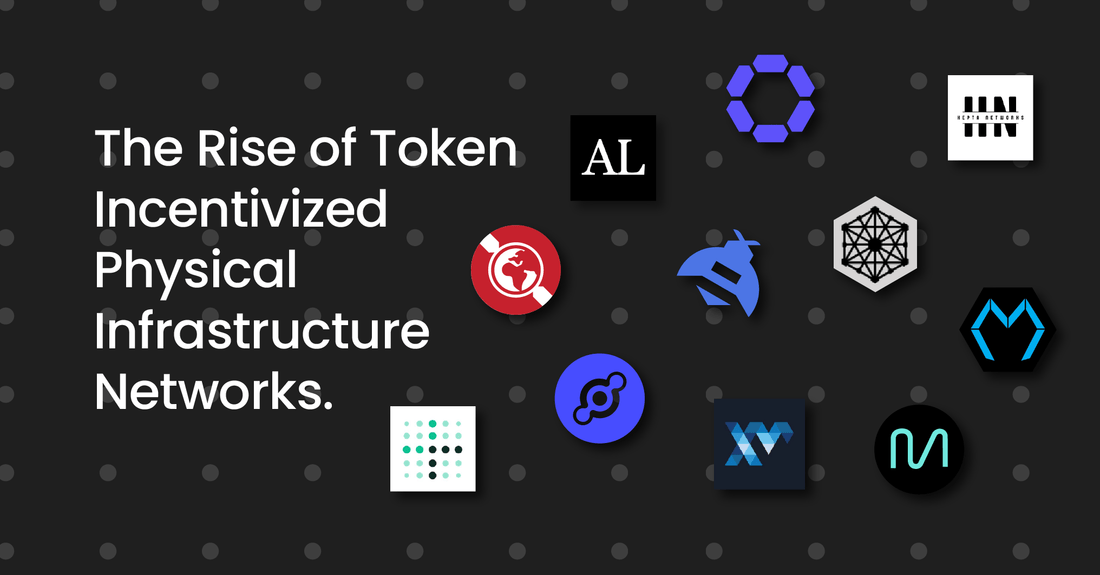The Helium Network, which deployed a worldwide LoRa network and a national, though yet sparse, CBRS network, has been at the forefront of the token incentivized physical infrastructure networks ecosystem. The network utilizes decentralized wireless technology to connect devices to the internet and incentivizes individuals and organizations to participate in building and maintaining the infrastructure through the use of tokens. Here are some other examples of the (Token Incentivized Physical Infrastructure Networks) TIPIN in the ecosystem:
Pollen is another player in this ecosystem, focusing on becoming a cryptocarrier and MVNO (Mobile Virtual Network Operator) like Helium. They aim to provide low-cost and secure wireless internet access to users, and also incentivize individuals and organizations to participate in building and maintaining the infrastructure through the use of the Pollen Coin (PCN).
DIMO is a small device that can be placed in a car to collect vehicle data and allows the user to use it or sell it for tokens. The device aims to provide valuable data for the automotive industry, and incentivize individuals and organizations to participate in building and maintaining the infrastructure through the use of DIMO tokens.
Hexagon Wireless, Mycelium, and Hepta Networks are all aggregators of decentralized wireless networks that aim to capitalize on having the hardware in hand and placing it in high-quality locations (rooftops, telecom towers, etc). They incentivize individuals and organizations to participate in building and maintaining the infrastructure through the use of tokens.
Anode Labs and React Network are aggregating electrical power demand and supply and paying the user back with tokens in exchange for local controls. They coordinate the energy created by solar panels, the energy stored in batteries, and the energy used (or not used) on site, like HVAC, refrigeration, or vehicle charging. They incentivize individuals and organizations to participate in building and maintaining the infrastructure through the use of tokens.
GEODNET is a project that allows individuals to add a MobileCM Space Weather Station Miner to their property in the form of a satellite antenna that improves local GPS accuracy to sub-centimeter. By incentivizing individuals and organizations to participate in building and maintaining the infrastructure through the use of GEOD token, GEODNET aims to enhance the accuracy of weather forecasting.
Hivemapper is a company that uses AI and machine learning technology to analyze and map the world's infrastructure. They have also developed a dashcam that can be used to capture data from vehicles in real-time. Contributors get rewarded HONEY token, which can be used to access and purchase data and services on the platform. The main focus is to provide map data and services for industries such as construction, logistics, and transportation.
WeatherXM is a weather station that can be installed at a location to give hyperlocal weather predictions and contribute to meso and macro area weather forecasting accuracy. It incentivizes individuals and organizations to participate in building and maintaining the infrastructure through the use of WXM token.
In conclusion, the rise of Token Incentivized Physical Infrastructure Networks is a revolutionary development in the field of decentralized wireless technology. These networks, led by companies such as Helium, Pollen, DIMO, Hexagon Wireless, Mycelium, Hepta Networks, Anode Labs, React Network, GEODNET, Hivemapper and WeatherXM, are shaping the future of decentralized wireless networks and providing new opportunities for individuals and organizations to participate in building and maintaining infrastructure.
